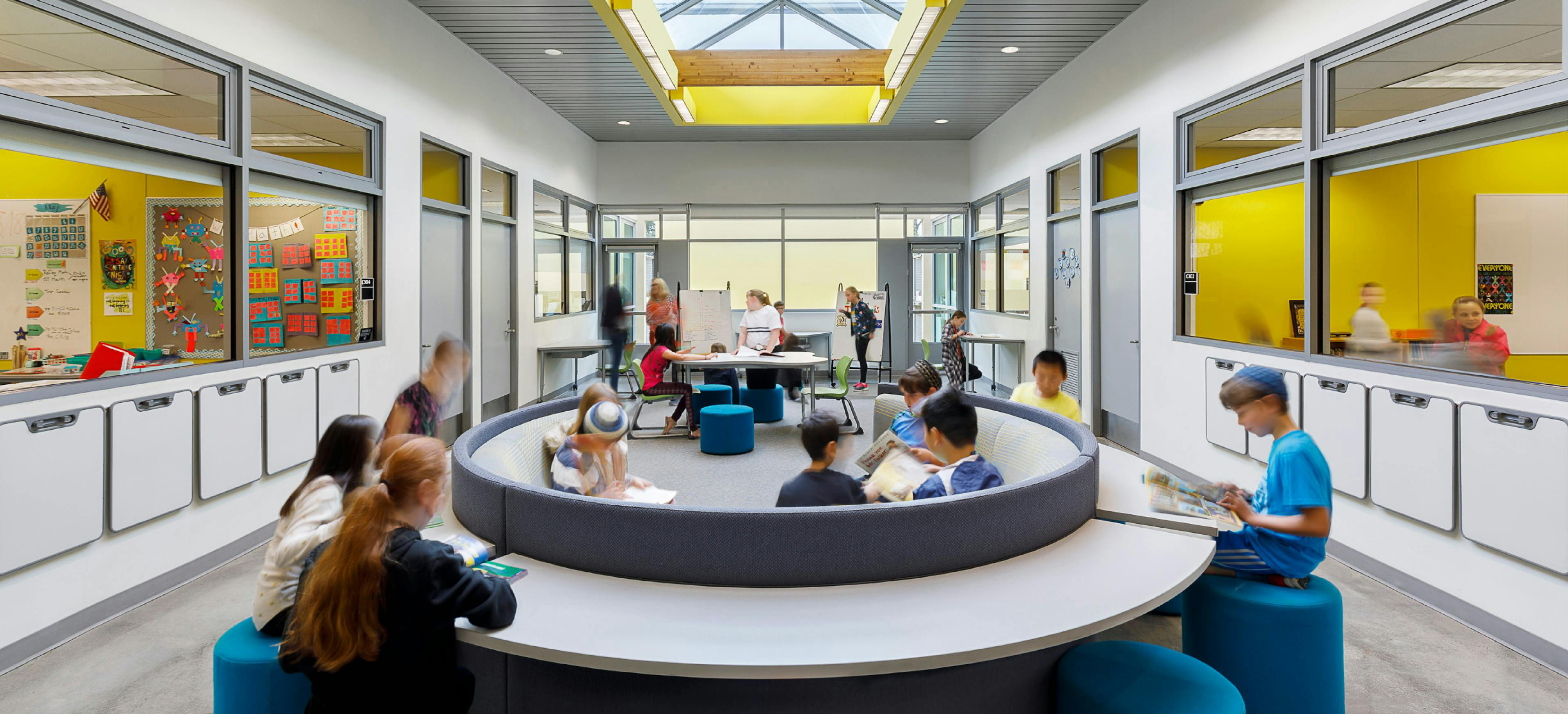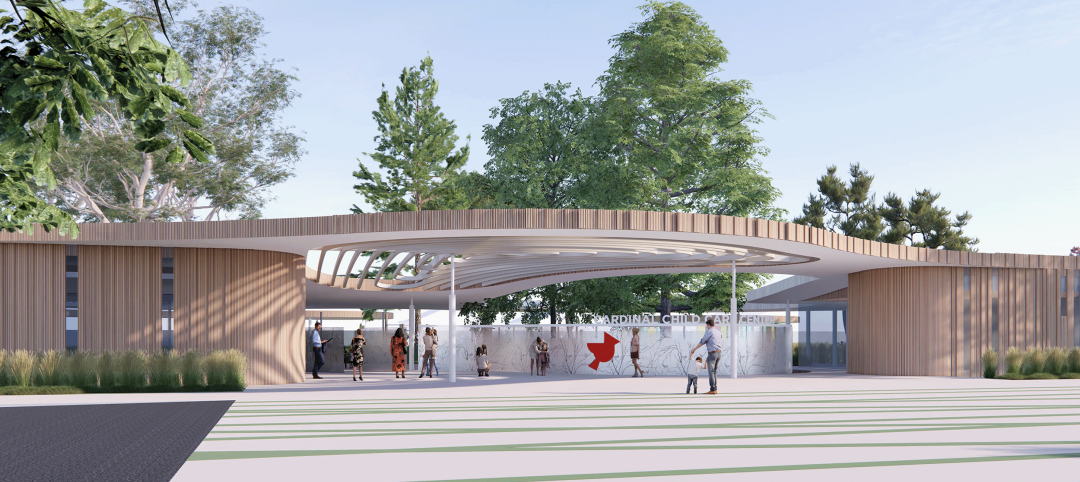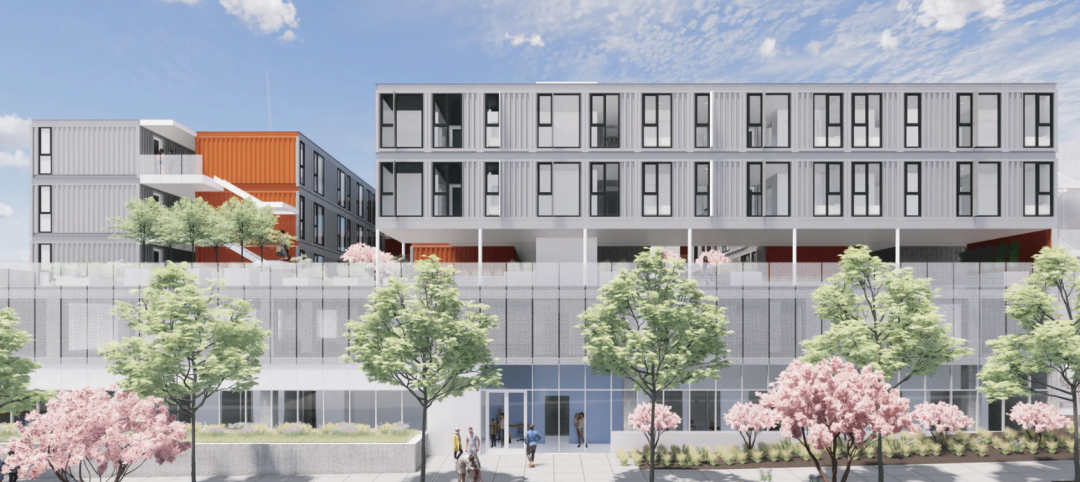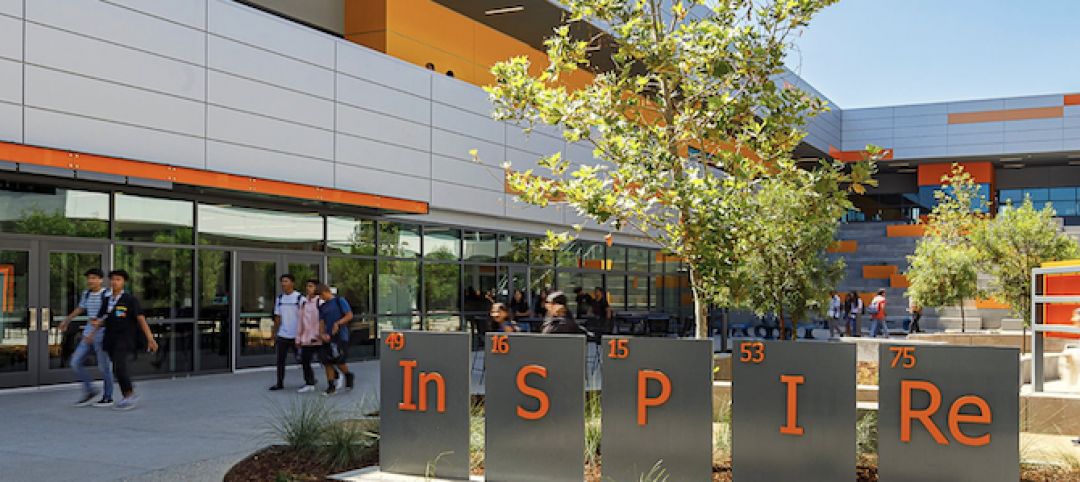On a knee-jerk level, a window seems like a built-in distraction, guaranteed to promote daydreaming and wandering minds in any classroom or workspace.
Yet, a steady stream of studies has found the opposite to be true. Instead of a distraction, the research connects transparency and views to improvements in cognitive function, productivity and attention span.
Discussions around window systems are particularly relevant on K-12 campuses, where some students have puppy-like attention spans. On top of design consideration issues, each school has its own security, transparency and pedagogical priorities, complicating the evaluation of any window strategy.
On several recent projects, LPA’s Sustainability & Applied Research team worked with designers and educators to dig deeper into the implications of different glazing choices on student outcomes. The research team explored available information to help school leaders choose windows systems that fit the needs of their students.
The Type of View Matters
A 2008 paper by University of Georgia professor C. Kenneth Tanner, "Effects of School Design on Student Outcomes," found five distinct view patterns in the school environment, each with its own implications.
- Views overlooking life. Students need vistas that are not a wall or parking lot.
- Unrestricted views. Windows, when possible, should be without obstructions such as posters and curtains.
- Living views. The ability to view indoor and outdoor spaces such as gardens, wildlife mountains, and the sky.
- Functional views. Students should be able to easily see at least 50 feet outside the classroom to rest their eyes.
- Green areas. Students should see outside spaces with trees, grass, or gardens.
K-12 Classrooms with Exterior Views
Research on learning spaces suggest that classrooms with a view positively impact student outcomes. 85% of educators say that views to nature are important for collaborative learning environments.
Increased attention span and enhanced cognitive functioning contribute to better performance across core disciplines and a more engaged classroom experience.
5 Factors Affecting Views
Beyond the basic benefits of windows, studies emphasize a myriad of factors that can affect the effectiveness of window systems:
- Glare
- Glazing
- View
- Size
- Orientation
Interior Views Are Complicated
The challenge of interior windows may be less about distraction and more about a culture of readiness to utilize nearby spaces. There are some emerging benefits of interior windows, such as encouraging choice and movement, engaging students with learning on display, and encouraging a sense of belonging.
A few cultural shifts are needed for greater adoption, however:
- Co-design fosters a culture of readiness for use of visible adjacent spaces.
- Interior views allow trust in students to use adjacent spaces responsibly with minimal supervision.
- Hampered permission can undermind student/teacher agency within the space.
More from Author
LPA | May 13, 2024
S.M.A.R.T. campus combines 3 schools on one site
From the start of the design process for Santa Clara Unified School District’s new preK-12 campus, discussions moved beyond brick-and-mortar to focus on envisioning the future of education in Silicon Valley.
LPA | Mar 28, 2024
Workplace campus design philosophy: People are the new amenity
Nick Arambarri, AIA, LEED AP BD+C, NCARB, Director of Commercial, LPA, underscores the value of providing rich, human-focused environments for the return-to-office workforce.
LPA | Feb 8, 2024
LPA President Dan Heinfeld announced retirement
LPA Design Studios announced the upcoming retirement of longtime president Dan Heinfeld, who led the firm’s growth from a small, commercial development-focused architecture studio into a nation-leading integrated design practice setting new standards for performance and design excellence.
LPA | Mar 2, 2023
The next steps for a sustainable, decarbonized future
For building owners and developers, the push to net zero energy and carbon neutrality is no longer an academic discussion.
LPA | Dec 20, 2022
Designing an inspiring, net zero early childhood learning center
LPA's design for a new learning center in San Bernardino provides a model for a facility that prepares children for learning and supports the community.
LPA | Aug 22, 2022
Less bad is no longer good enough
As we enter the next phase of our fight against climate change, I am cautiously optimistic about our sustainable future and the design industry’s ability to affect what the American Institute of Architects (AIA) calls the biggest challenge of our generation.
LPA | Aug 9, 2022
Designing healthy learning environments
Studies confirm healthy environments can improve learning outcomes and student success.
LPA | Jul 6, 2022
The power of contextual housing development
Creating urban villages and vibrant communities starts with a better understanding of place, writes LPA's Matthew Porreca.
LPA | Mar 21, 2022
Finding the ROI for biophilic design
It takes more than big windows and a few plants to create an effective biophilic design.
LPA | Apr 28, 2021
Did the campus design work?
A post-occupancy evaluation of the eSTEM Academy provides valuable lessons for future campuses.
















